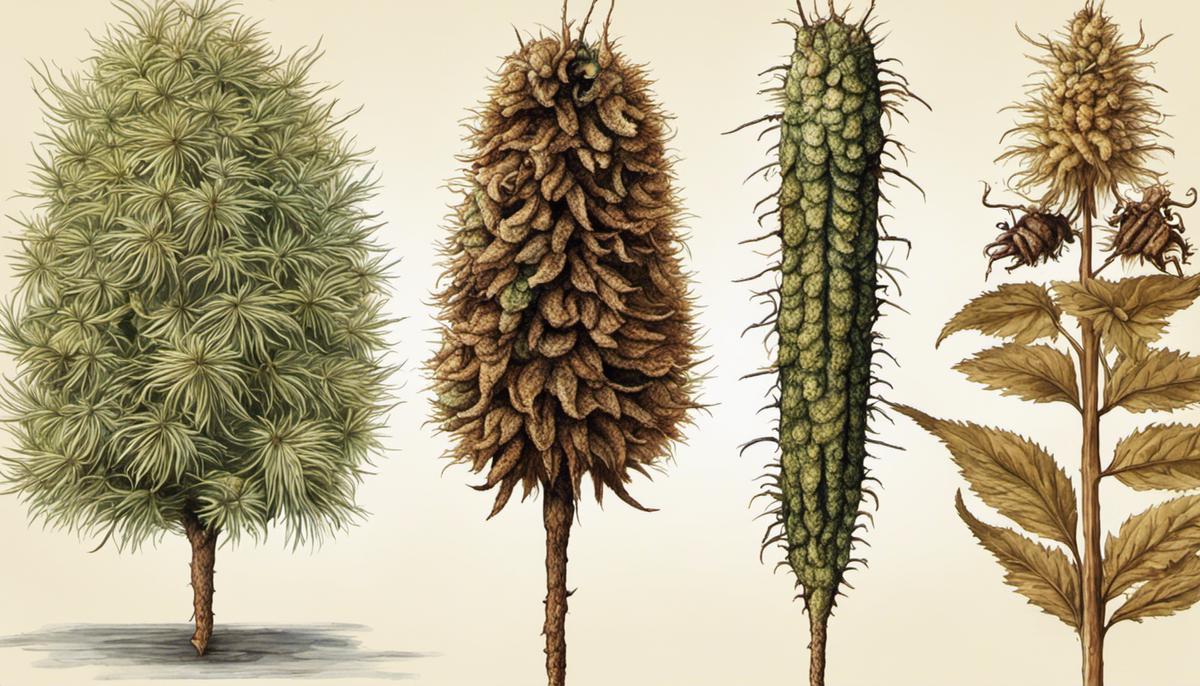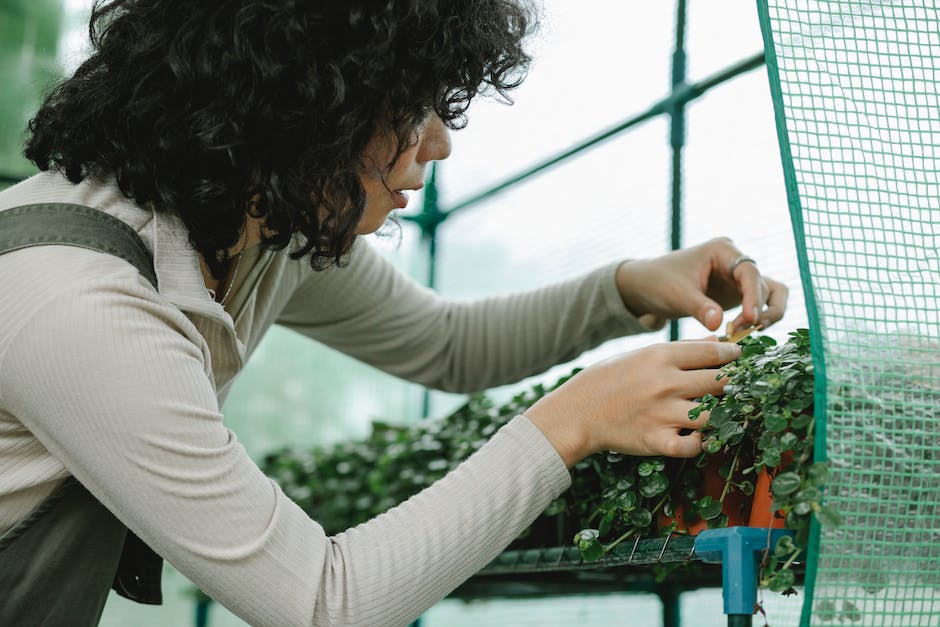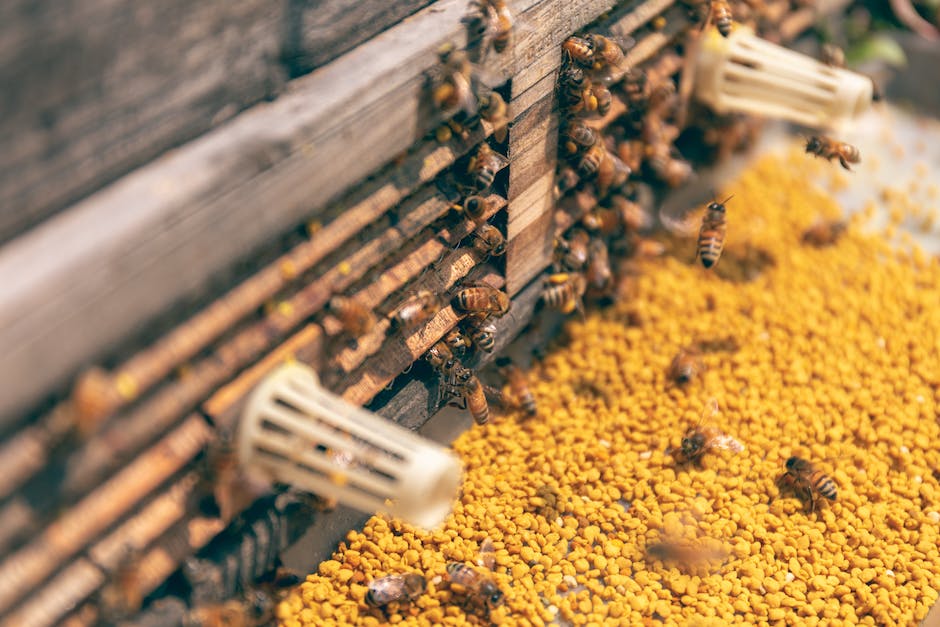Eradicating Bagworms: A Simple Guide

As garden enthusiasts, we often encounter various pests that have the potential to significantly disrupt the health and beauty of our yards. One such nuisance is the bagworm – an often overlooked but destructive garden invader. Recognizing, understanding, and subsequently managing this pest is crucial in maintaining a vibrant and thriving garden space. This comprehensive exploration provides guidance on identifying bagworms, including comprehension of their varied life stages, feeding habits, and signs of their unwelcome presence. Additionally, we delve into nature’s control methods – the birds and insects that prey on bagworms – and reveal how encouraging these creatures into your garden can serve as an effective, eco-friendly way to handle bagworm infestations. Lastly, we will provide the necessary information about chemical insecticides and biological control methods that are well-suited for managing these pests.
Identifying Bagworms
A Gardener’s Guide to Identifying Bagworms Like a Pro!
Seeing a garden flourish is the stuff of dreams for green thumbs everywhere. A vibrant plot bursting with color is not only aesthetically pleasing but undeniably therapeutic. However, one of the potential threats to this idyllic sight is an uninvited guest – the bagworm.
Being able to identify bagworms in a garden can prevent a lot of heartache for avid gardeners. With a keen eye and a dash of patience, it’s entirely possible to spot these pests before they wreak havoc on those precious plants!
For someone unfamiliar, bagworms may not immediately ring alarm bells. They are small, caterpillar-like pests, scientifically known as Thyridopteryx ephemeraeformis. Don’t let their tiny size fool you – these critters are capable of causing significant damage to many types of trees and shrubs.
Keep in mind that bagworms are somewhat expert in camouflage. Their spindle-shaped “bags”, hanging like ornaments from trees and shrubs, are made from bits of the host plant, giving them their unique and well-disguised look. So, the first step to identifying bagworms involves a close inspection of plants for any unusual, cone-shaped structures. Look closer, if these little silk bags are about 1.5 to 2.5 inches long bristling with tiny twigs or leaves, then bagworms may have taken up residence in the garden.
Next, understanding their lifecycle can greatly aid in warding off these pests. Bagworms primarily appear between late May and early June. Female bagworms are flightless and do not leave the bag, so they lay their eggs in the same bag where they metamorphosed from a caterpillar into an adult. This means the presence of one bagworm, unfortunately, signals a potential bagworm infestation, as each bag can hold up to 500-1000 eggs! Therefore, timely action can prevent these silent destroyers from multiplying and causing considerable damage.
Leaf damage is another tell-tale sign of bagworms. Infested plants will exhibit browning of leaves or needles, or may even lose foliage altogether. On evergreens, bagworms munch on the buds and foliage, which can result in entire limb damage. If ornamental plants and shrubs are undergoing inexplicable defoliation, there may be a strong possibility of bagworms being the culprit.
Finally, consider getting a second opinion. Connecting with a local county extension service could help confirm suspicions about bagworm attacks. Sharing pictures or samples of creatures found during inspection can provide a more accurate diagnosis, further aiding in knowing the exact preventive measures to be taken against these pests.
Identifying bagworms with precision demonstrates smart and proactive gardening, ensuring those blooming beauties remain free from harm. Remember, these are crawling and stealthy invaders, so perseverance is key in early recognition and prevention! The magical world of gardening requires continual learning and adaptation to the challenges that nature throws our way, and bagworms are just one of those trials that test our gardening prowess. Happy gardening!

Bagworms’ Natural Predators
Unleashing Natural Enemies on Bagworms: Turning Predators into Protectors
After identifying bagworms in the garden—a Culprit Camouflage Expert against our lovingly tended plants—it’s time to strategize on gaining control without resorting to potentially harmful chemicals. What could be better than relying on nature’s very own voracious predators to do the work for us? Let’s go over what these predators are.
Birds: The Ultimate Bagworm Munchers
Birds, the ever-vigilant winged inhabitants of our gardens, are nature’s foremost deterrents against bagworm infestations. Species like sparrows, wrens, and finches find these pests a delicious treat. By providing proper habitat that encourages these avian allies (consider birdhouses, feeders, or even just native plantings that produce berries), gardens are fortified with a constant patrol against bagworms.
Parasitic Wasps: Nature’s Precision Pest Patrol
Beyond our feathered friends, parasitic wasps step into the war against bagworms. Naturally controlling numerous garden pests, these helpful insects have species, like Ichneumon and Chalcid wasps, that consider bagworms a delicacy. Specifically, they lay eggs inside the bagworms, the ensuing larvae later consuming their hosts, elegantly killing off the garden marauder.
Spiders: Web-Slinging Warriors
While some may cringe, spiders too have a critical role. Multiple spider species predate on bagworms, naturally controlling their populations. Running the gamut from orb weavers to wall spiders, their webbed abodes often become the final resting place for unsuspecting bagworms.
Predatory Bugs: Defenders of the Garden
Any survey of natural bagworm predators would be incomplete without acknowledging the wide variety of predatory bugs willing to lend a hand—or rather, a mandible. Lacewings and ladybugs voraciously hunt down garden pests, bagworms included, providing a significant service to our green endeavors.
Predator Attractants: Rolling out the Red Carpet
To welcome these natural defenders, consider attracting them using specific wildlife-friendly practices. Planting native flowers can beckon beneficial wasps and bugs while allocating spaces for nesting and shelter can call in bird and spider allies. Further, steering clear from widespread pesticide use ensures these helpers stay in our gardens.
Supreme Garden Defenders: Gauge the Situation
Though these predators hold the potential to significantly reduce bagworm populations, they may not completely eradicate larger infestations. If bagworm devastation persists despite these natural warriors, additional integrated pest control strategies may be necessary to reclaim the garden.
Always remember, the delicate dance of the ecosystem also involves these predators, a proof that gardening is not just planting and watering, but creating a habitat where every participant thrives in harmony. So, fortify your garden, roll out the red carpet for these predators and turn them into your personal bagworm security squad!

Chemical and Biological Control.
Bagworms are notorious garden spoilers and their presence urgently begs action from dedicated gardeners. However, getting rid of them is no easy feat and often needs intervention beyond natural predators. This is where chemical and biological control methods come into play, presenting a more aggressive and comprehensive approach to bagworm infestation.
For the chemical option, insecticides present an effective solution. The type of insecticide used depends on the lifecycle stage of the nymphs, so timing is crucial. Aim to apply the chemical treatments during late spring or early summer when the larvae are young and vulnerable. This period coincides with their feeding season, increasing the chance of exposure to the chemicals.
Chemicals such as Cyfluthrin, Lambda-Cyhalothrin, and Spinosad have shown significant success in neutralizing bagworm populations. Always remember to follow safety guidelines, such as wearing personal protective equipment (PPE) and keeping children and pets away during application. Additionally, properly disposing of excess chemicals helps prevent environmental contamination.
For those leaning towards a more eco-friendly approach to garden maintenance, Bacillus thuringiensis (Bt) offers a promising biological alternative. This naturally occurring soil bacterium acts as a powerful pesticide once ingested by the bagworm larvae, resulting in paralysis and eventual death. The best part? Bt is entirely safe for humans, animals, and beneficial insects, making it a top-notch biological control method.
Another biological option to consider is the introduction of parasitic nematodes into your garden soil. Species like Steinernema carpocapsae specifically target bagworms and other harmful insects, offering a useful, nature-friendly tool in tackling these nefarious pests. To ensure optimal results, apply the nematodes when the soil is humid and warm, typically in the evenings or early mornings.
Last, but certainly not least, Trichogramma wasps should be considered. These tiny wasps lay their eggs inside bagworm eggs, disrupting their lifecycle before they can even hatch. This approach requires an understanding of the bagworm’s breeding cycle, but the reward is a significant reduction in their numbers.
Despite their relentless destructiveness, bagworms are not undefeatable. A thoughtful combination of chemical and biological control methods can aid in significantly reducing their populations. Vigilance, patience, and precision are the keys to preserving the beauty of a garden in the face of a bagworm threat. Happy gardening!

Just as gardeners encourage the growth of plants, so too should they inhibit the growth of pests like bagworms. Armed with knowledge about identifying these nuisances, understanding their natural predators, and utilizing both chemical and biological control methods, garden owners can tackle bagworm invasions effectively. Remember, controlling bagworms is not just about attending to an isolated problem – it’s also about nurturing an environment where healthy plants can thrive without being overrun by pests. With this knowledge, gardeners can not only keep their gardens beautiful, but also ensure they contribute to the balance of our local ecosystems. The fight against bagworms begins with information and ends with proactive management.



